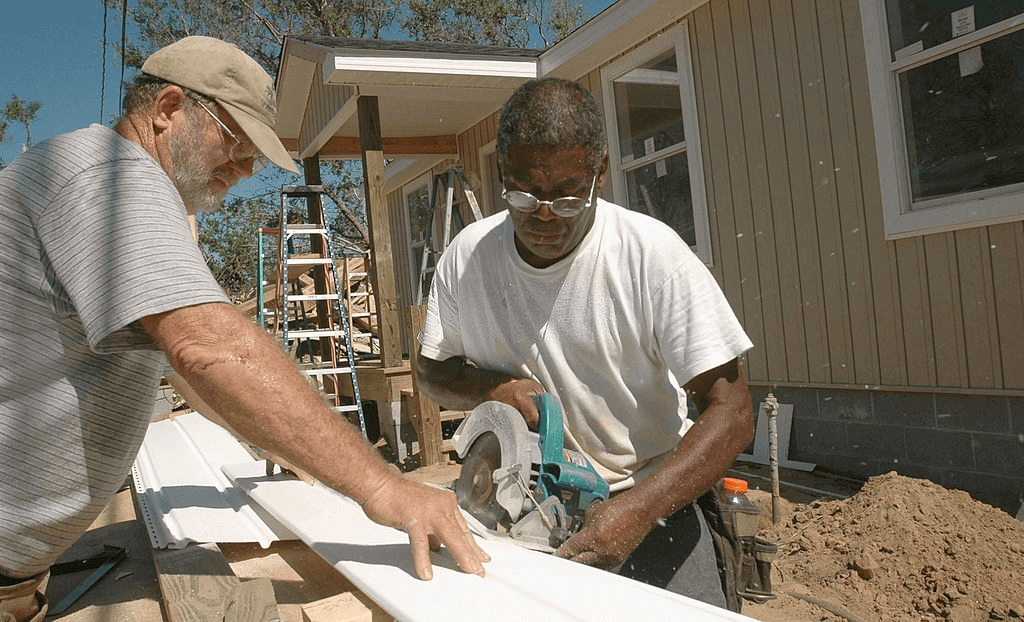Aluminum vs. Vinyl Siding Complete Comparison
For your home to look great, you have to make the right choice of siding. Preferences have got consequences when you make the right choice, and it will always be smiles, unlike when you make a terrible choice that will get you in further financial constraints.

The complete difference between aluminum and vinyl comes out in the following ways.
Cost and Value
Vinyl is less costly and does not prove to be a headache in maintenance. It is mostly preferred in the US for these features. Those who go for vinyl siding also look at its existence in a variety of colours that don’t bring in contrast in its end result.
It is currently made in a way in which it can resist weather elements like wind and extreme temperatures without losing its colour.
Aluminum was initially cheaper before WWII and had replaced wood as the most appropriate alternative. Due to the high demand for energy, things turned around, making it too expensive, therefore replaced with cheaper vinyl siding as an alternative.
Maintenance
The two types of siding both need support that involves periodic washing with the hose as well as wiping with a soft towel. This removes accumulated stains and mud that might have come on the wall. Though no possibility of rotting in both of them, to ensure that moulds are not given a chance for growth.
Having been painted at the factory, they might not require regular painting but occasionally as a result of fading that takes place. When both are exposed to adverse weather conditions like a storm and extreme heat, they tend to lose their original colour, and you are advised to do painting periodically in a span of 12 years.
When it comes to replacement as a result of damage, then it is economically viable on the side of vinyl compared to aluminum which is much costly in terms of buying and labour charges from a professional.
Energy Efficiency
It is essential to note that new siding in Edmonton will make your home more airtight, helping it to maintain the temperatures you have set indoors. This reduces electricity usage and the stress on your air conditioner and furnace. Both vinyl and aluminum provide the same amount of insulation though they can still be improved.
Durability
The durability of the two sidings lasts longer as a result of their gauges. It is true that when the indicator is thicker, then the stronger they are. Though both are strong, each one of them has its weaknesses. Aluminum might not be the best in homes built next ocean due to the salty condition that is corrosive as compared to vinyl that is not threatened by salt.
Aluminum is the most preferred in a cold area than vinyl. This is because being metal, it can withstand cold, unlike plastic that can easily crack, allowing moisture in the house.
Versatility
Aluminum siding is offered in the standard styles: vertical, horizontal, board and batten. Several wood-like textures are available, but its metallic appearance makes it harder to mimic wood siding.
Vinyl and aluminum siding both come pre-painted. With vinyl, the colour is put into the liquid mix, and the colour goes all the way through the product. Metal is enamelled at the factory, with paint bonded to the metal.
Environmental Friendliness
It takes very little energy to produce aluminum siding, and it can be recycled. It need not end up being everywhere polluting environment, because it can be melted down and reused. If you are concerned with the impact you have on the environment, aluminum may be the best choice of the two.
Vinyl, on the other hand, is not easily recycled and usually ends up everywhere in the environment hence leading to pollution. It also takes a lot of energy to make vinyl, which contains the chemical polyvinyl chloride. While plastic may last as long as 50 years on the side of a house, it is because of the PVC which does not break easily.
Both types of siding are affordably priced, durable, and easy to maintain; this competition does not go to either side. Your decision will likely come down to whatever factor you prioritize most, be it curb appeal, cost, long-term durability, or the environment.